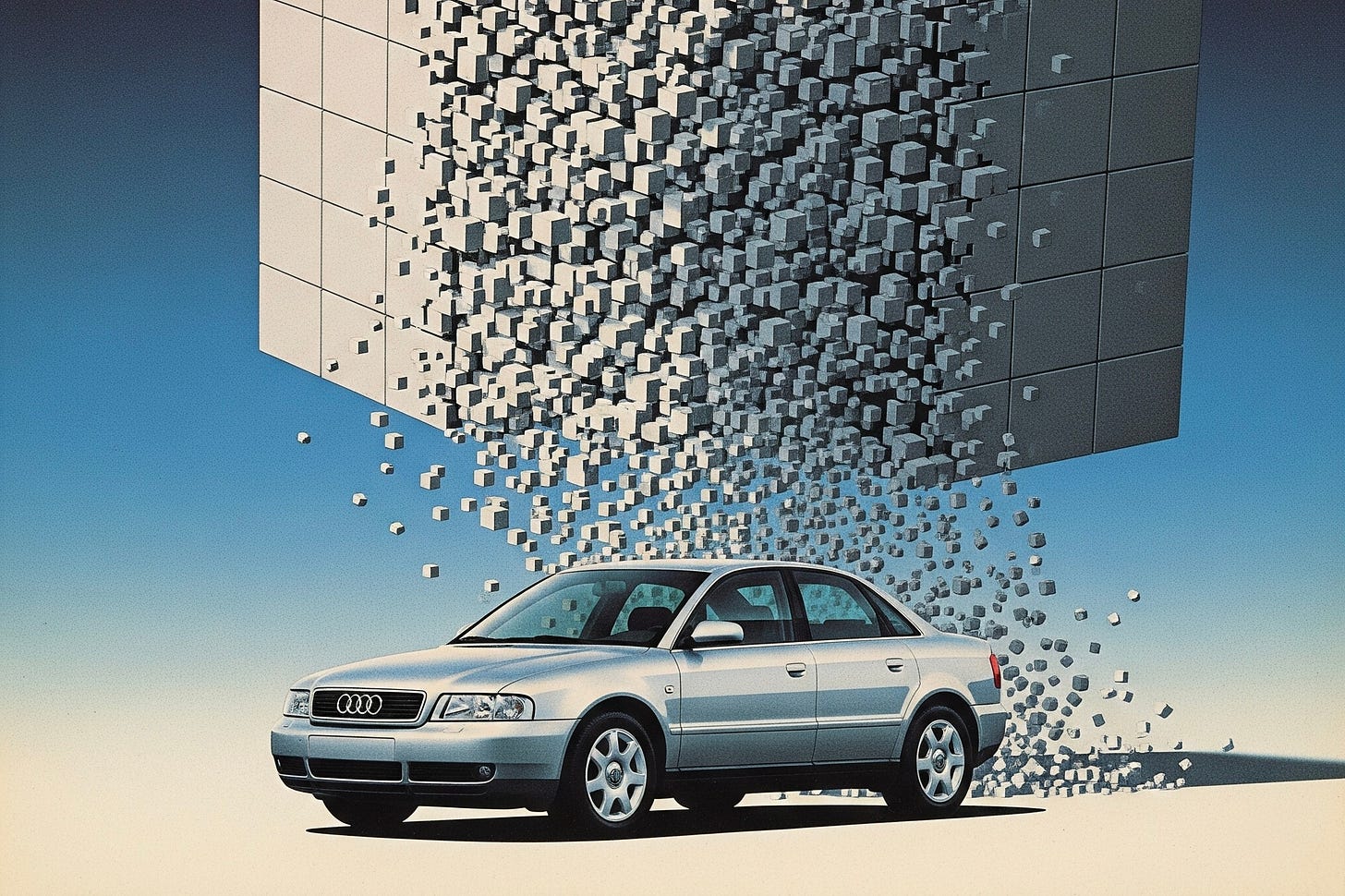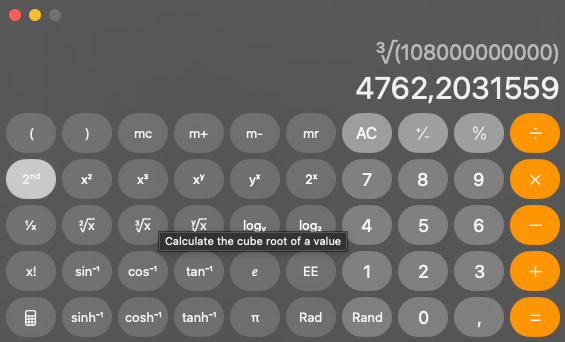One millimeter (mm) is quite small. It’s little more than the thickness of a credit card, which is only 0.76 mm.
One meter is one thousand millimeters. A cube with the side of one meter would hold one billion tiny, 1-millimeter cubes. That is a way to visualize what one billion looks like. Sure, it’s a big number, but it is still graspable. It’s a big box, a crate, filled with tiny cubes.
So, visualizing the human population of roughly 8 billion people requires eight of such one-meter crates, or one very big crate with two-meter sides. It could still fit inside a normal, small room.
Now, let’s take this further. The total amount of people—meaning humans similar to us—who have ever lived is estimated somewhere around 108 billion. Let’s use our ‘standard’ one-meter crates to visualize that number. You’d need 108 crates, because each one holds one billion tiny (1 mm) cubes, remember?
The combined volume of the crates would be little more than the volume of a standard European semi-trailer. Indeed, we’re looking at a semi-trailer full of perfectly stacked tiny (1 mm) cubes. And, by the way, you’re one of them.
What is the point of this? You decide. Maybe it’s just to demonstrate that the cube root is a great tool for visualizing big numbers. You can take the cube root of 108 billion, and know immediately that a big cube with the side of 4762 millimeters is what it takes to hold all 108 billion tiny (1 mm) cubes… perfectly stacked!
And, surely you’re aware that 4762 millimeters is the length of an Audi A4 sedan (2020). That’ll give you perspective.
I’m writing a book on… eh, let’s call it social innovation. This blog expands on it and related ideas.
Subscribers receive a recap email every few weeks, but no spam nor separate notifications for each post I put on Substack.



